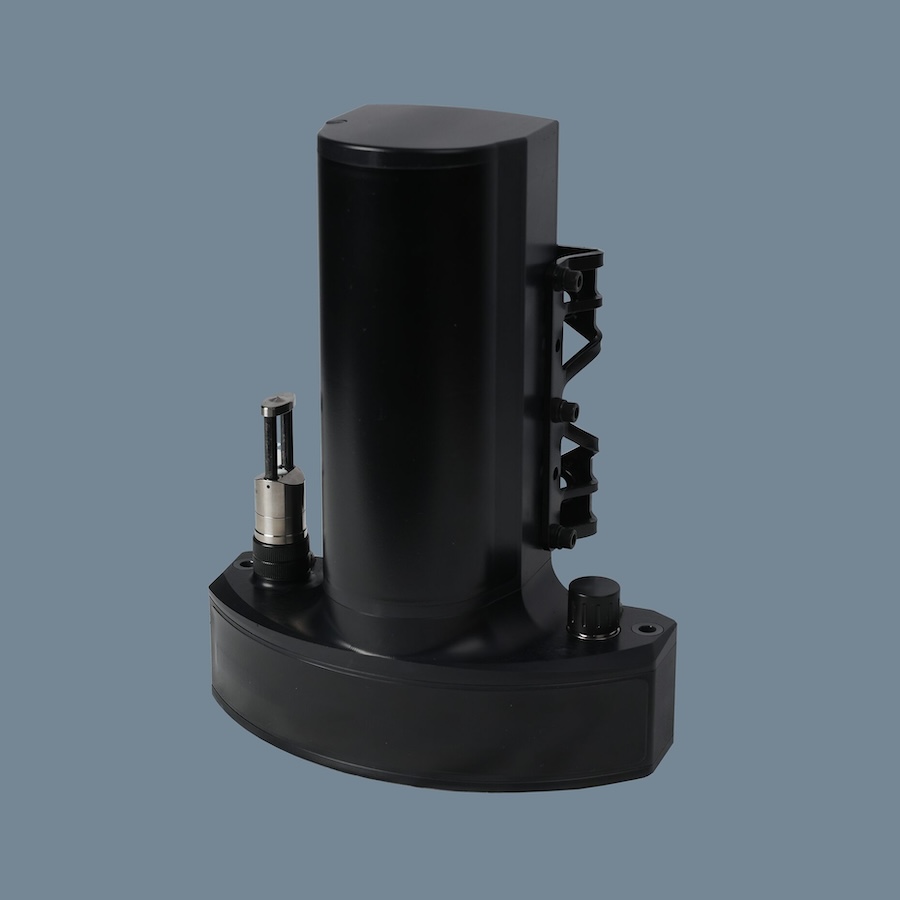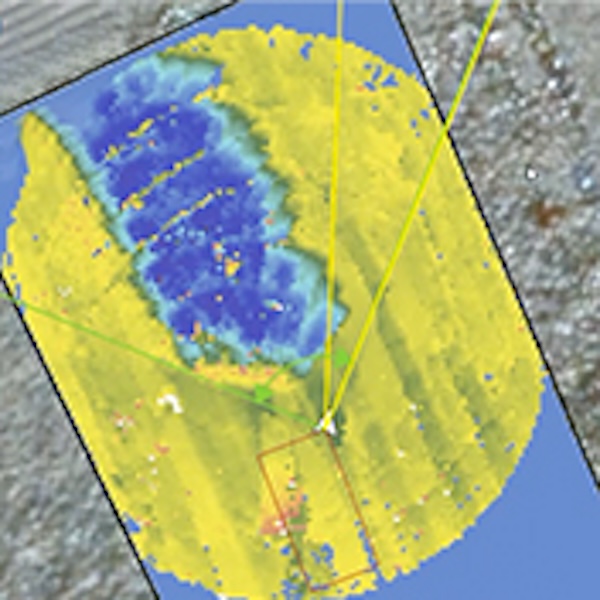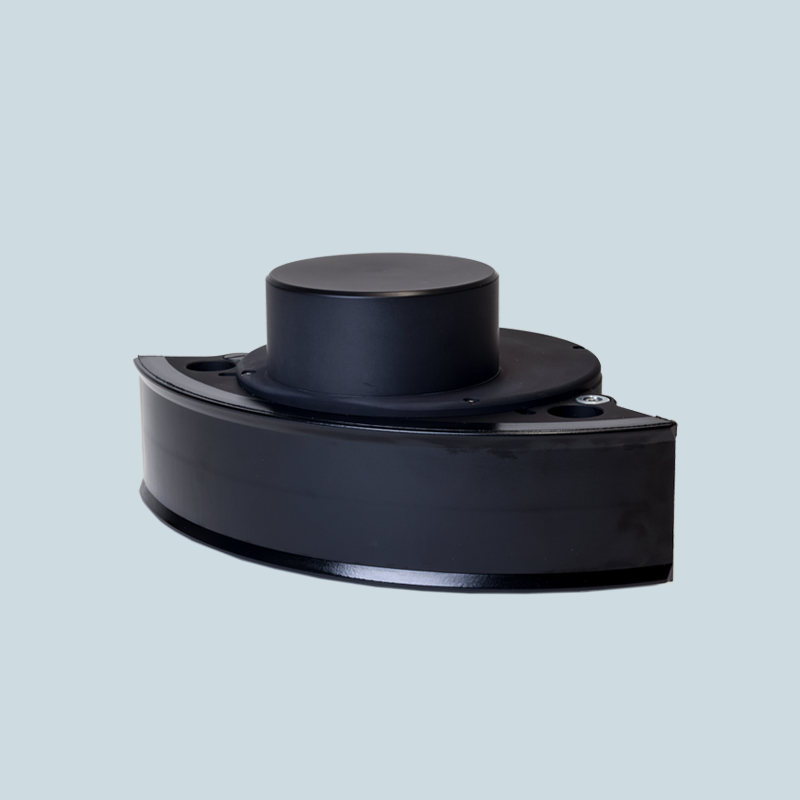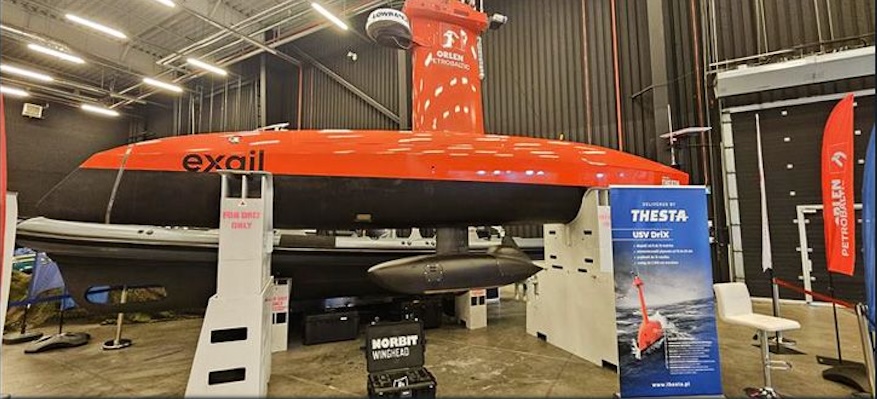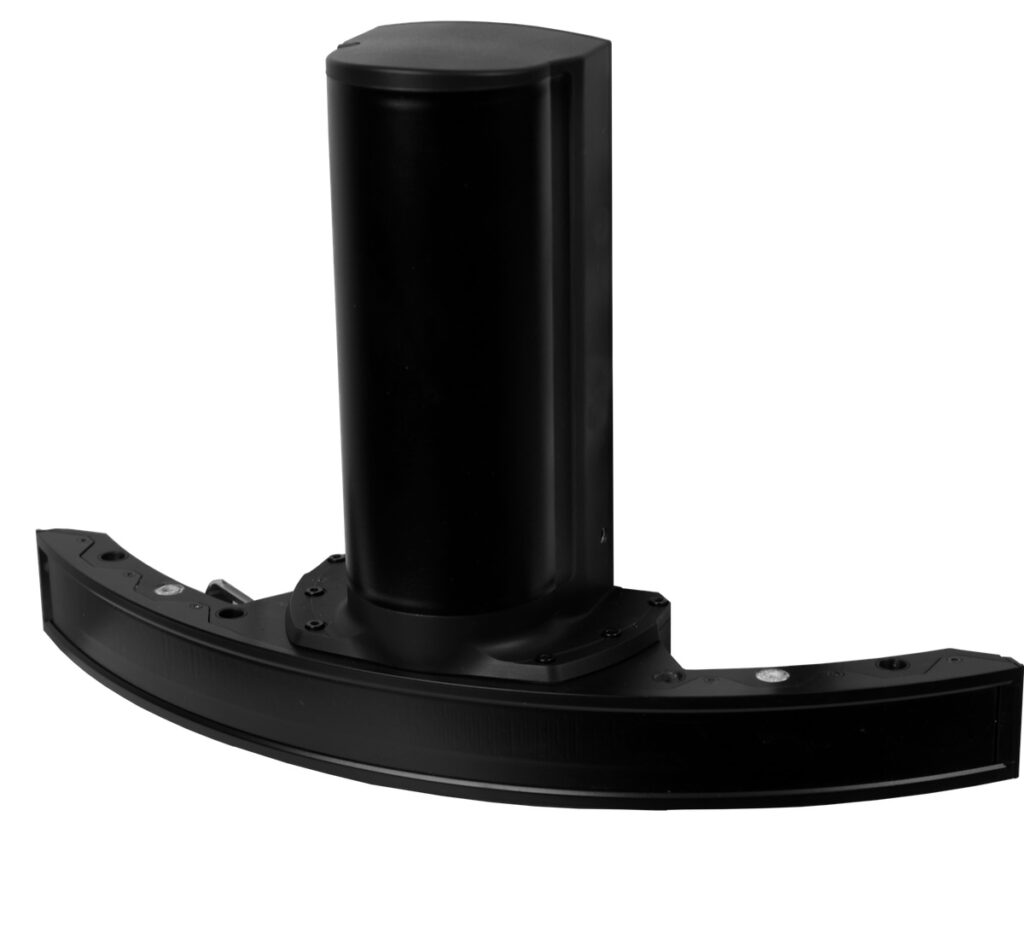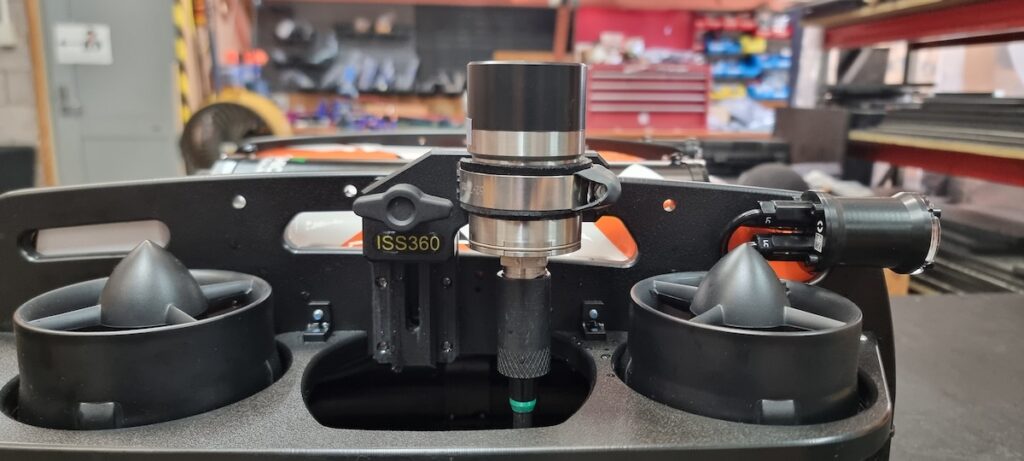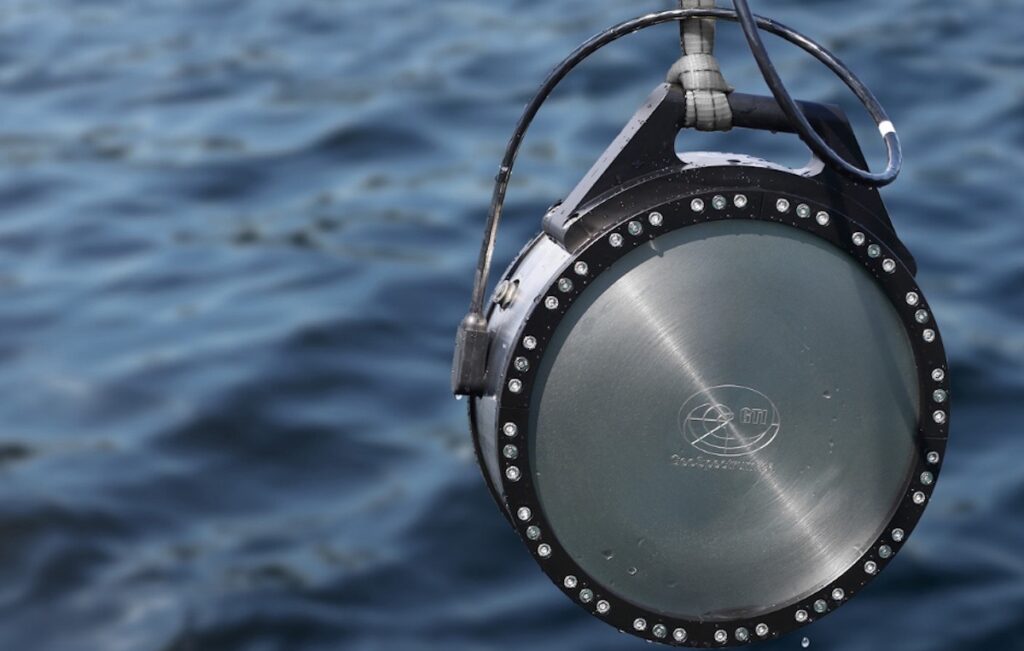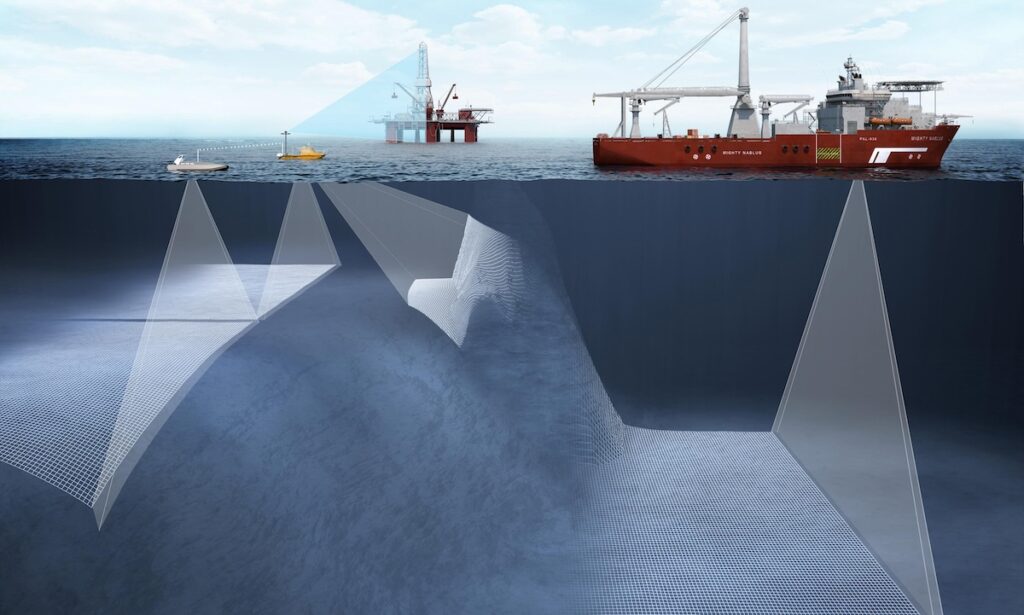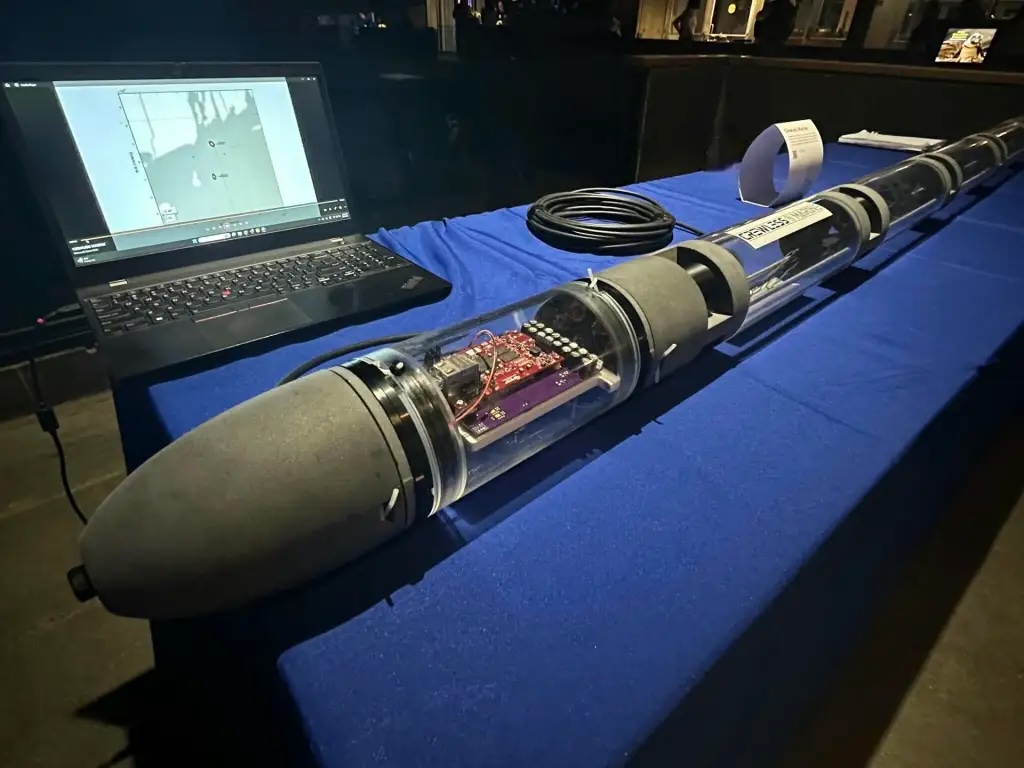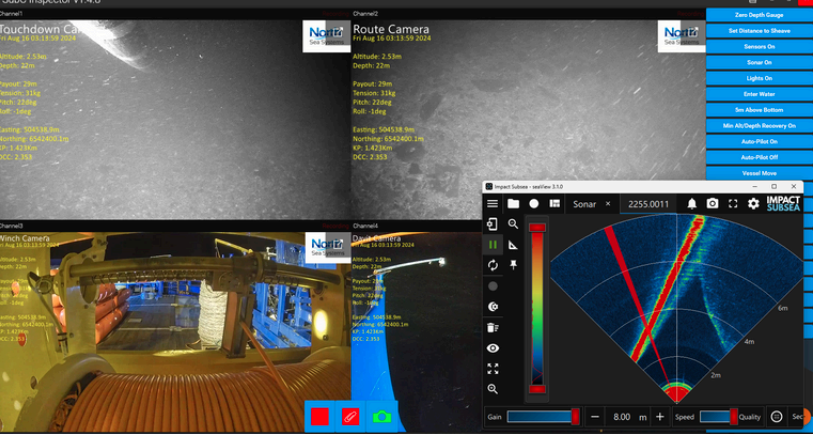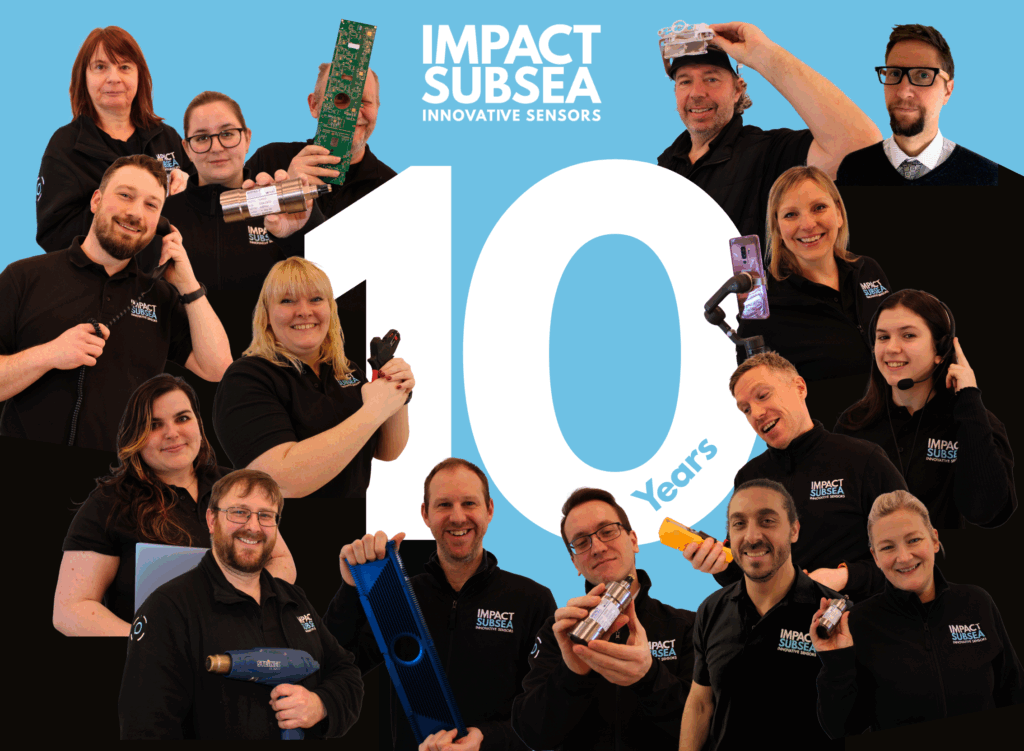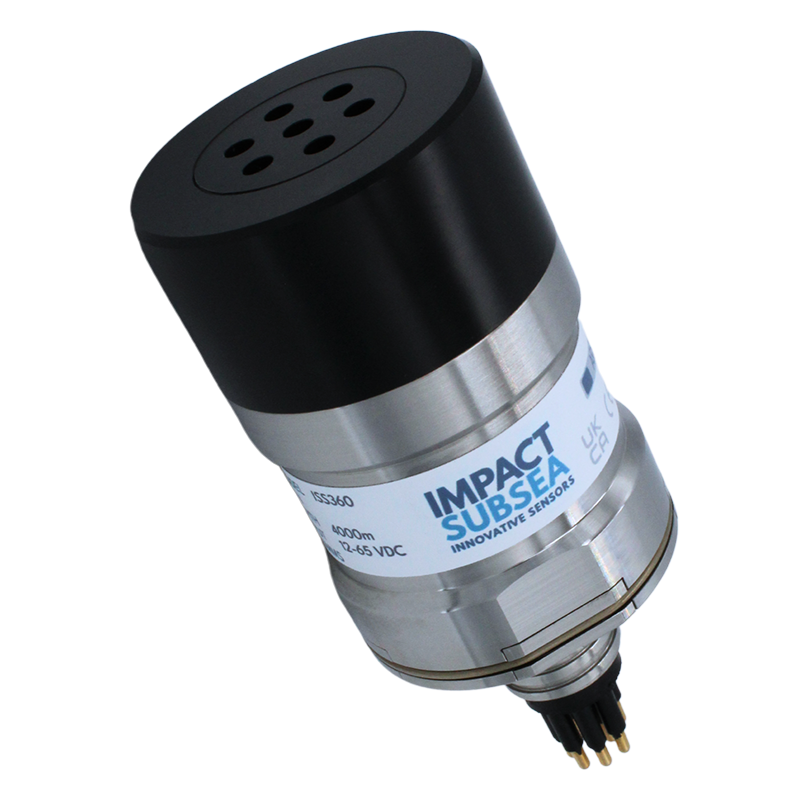Suppliers
Add your company
Marine Acoustic Hardware for Maritime Surveillance and Oceanography
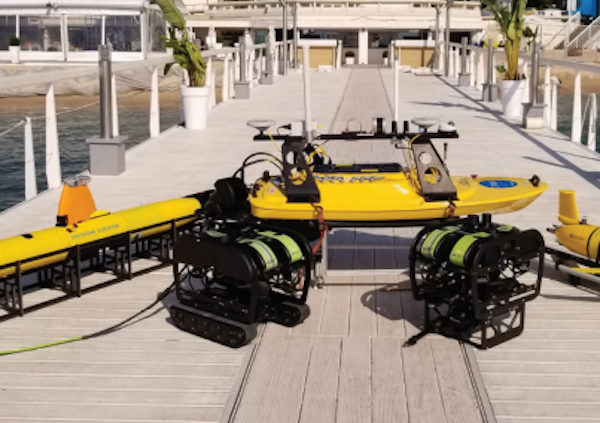
High-Performance Instruments, Sensors & Technologies for Exploring & Monitoring Subsea Environments
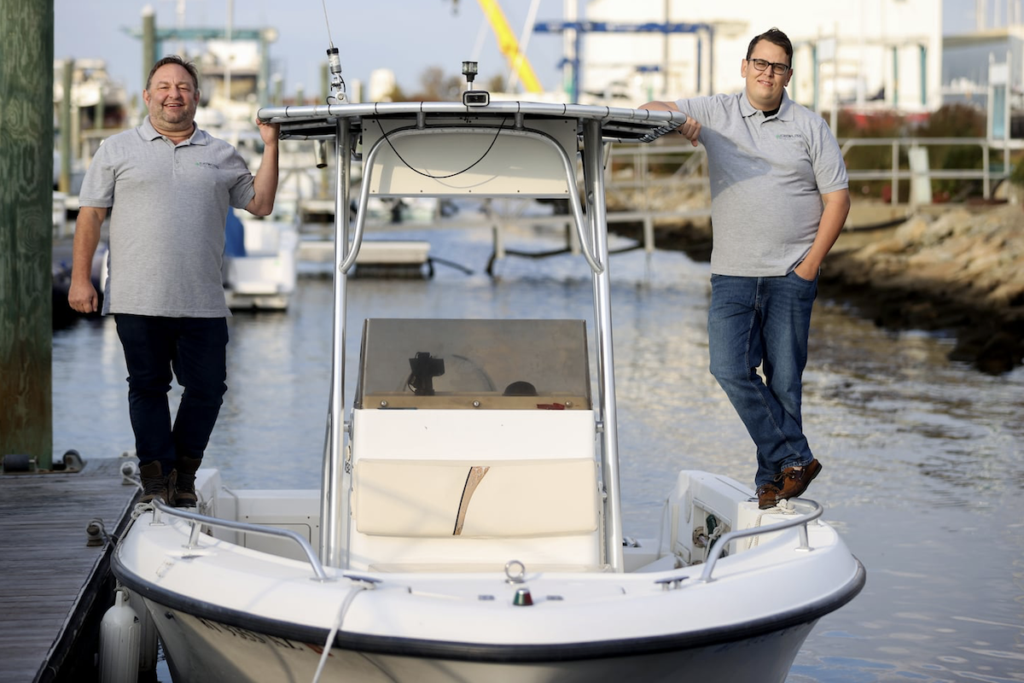
Underwater Acoustic Sensors, Signal Processing & Autonomy Solutions for Uncrewed Maritime Vehicles
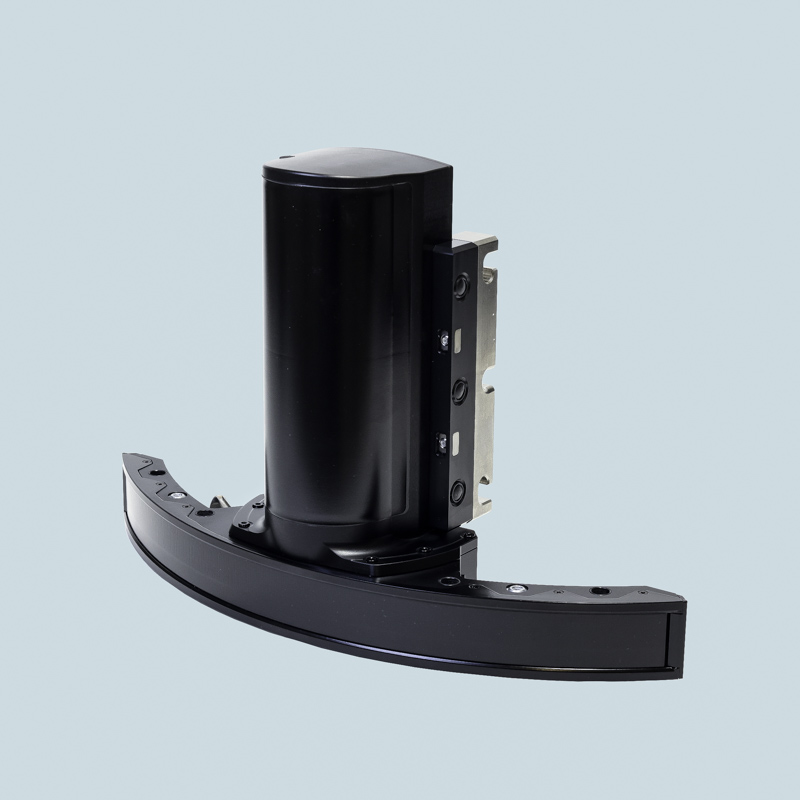
Cutting-Edge Multibeam Sonar Solutions for Marine & Subsea Applications

Innovative, High-Performance Underwater Sensing Technologies for the Marine Industry
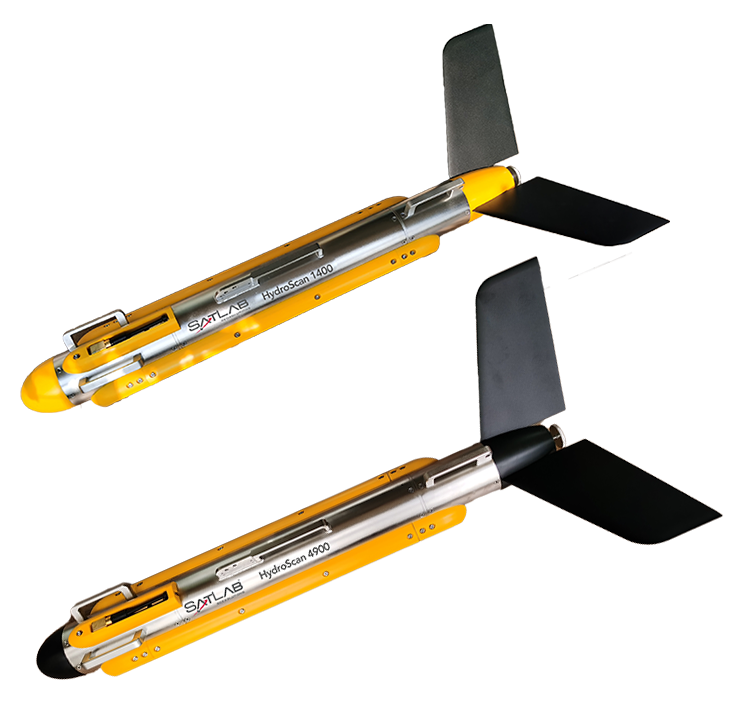
Cutting-Edge Surveying, Positioning & Sensing Solutions for Hydrographic & Oceanographic Applications
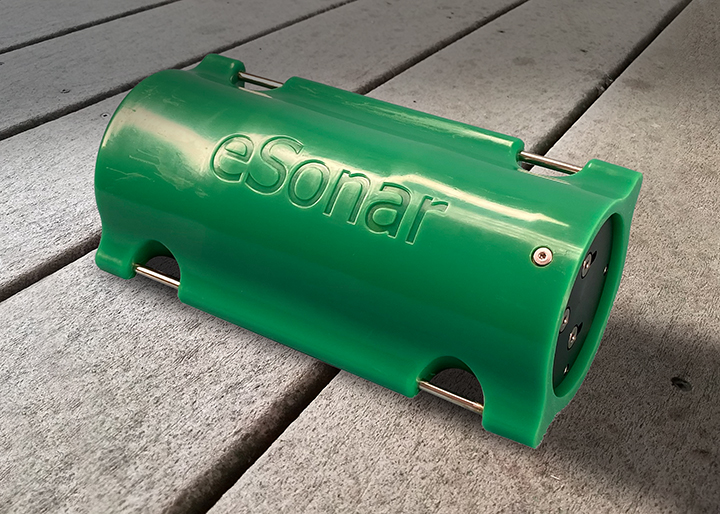
Acoustic & Sonar Technologies for Marine & Maritime Applications
If you design, build or supply Marine Environmental Sonar, create a profile to showcase your capabilities on this page
Products
Marine Environmental Sonar
Environmental sonar holds a critical place in the monitoring and managing of underwater environments. As ocean industries expand, from offshore energy production to marine conservation, the demand for precise and reliable subsea environmental data has grown.
Environmental sonar systems, including sonar transducers and other sonar equipment, provide essential information about underwater conditions and help industries, researchers, and conservationists to navigate the complexities of the subsea environment.
The Role of Environmental Sonar in Subsea Monitoring
Environmental sonar is a specialized application of sonar technology designed to monitor various aspects of the underwater environment. Unlike sonar used purely for navigation or communication, this technology focuses on gathering data related to water quality, marine life activity, seabed composition, and overall environmental conditions. These systems are vital for a range of sectors, including marine biology, oceanography, oil and gas, and underwater construction.
Sonar devices used in environmental monitoring generate and receive sound waves, known as sonar pings, which travel through the water and reflect off objects or seafloor structures. By analyzing these returning signals, environmental sonar provides detailed information about underwater topography, biological activity, and physical conditions such as temperature and salinity.
Sonar Transducers: The Heart of Environmental Sonar Systems
At the core of any environmental sonar system is the sonar transducer. This critical component converts electrical energy into sound waves, which are emitted into the water as sonar pings. Once these sound waves encounter an object or the seafloor, they reflect back toward the transducer, which then converts the received sound energy back into electrical signals for analysis.
Different types of sonar transducers are used depending on the specific environmental data being collected. For instance, low-frequency models are ideal for long-range detection and can penetrate deep into the seabed, making them useful for mapping large underwater areas.
High-frequency sonar transducers, on the other hand, offer higher resolution and are typically used for more detailed studies, such as marine mammal detection or analyzing fine structures on the ocean floor.
Applications of Environmental Sonar in Marine Industries
Environmental sonar systems serve a broad range of critical functions across industries and research fields.
Marine Mammal Detection
One of the most important applications of environmental sonar is the detection and monitoring of marine mammals. Many such mammals, such as whales and dolphins, rely on sound for communication and navigation, making them vulnerable to the effects of human-made underwater noise.
Sonar equipment used for marine mammal detection helps to minimize the impact of industrial activities, such as offshore drilling and construction, by tracking the location and movements of these animals in real time.
This capability is particularly important in environmental assessments, where operations must be adjusted or temporarily halted to avoid harming marine life. Environmental sonar systems with high-frequency transducers are often employed to detect the presence of marine mammals, providing critical data that informs both regulatory compliance and conservation efforts.
Seafloor Mapping and Habitat Assessment
Environmental sonar is also essential for detailed seafloor mapping and habitat assessment. Subsea construction projects, offshore wind farms, and oil exploration rely on sonar devices to collect precise information about underwater topography. The sonar pings emitted by these devices help create high-resolution maps of the seabed, which are vital for planning and ensuring safe operations.
Additionally, environmental sonar equipment is used in habitat assessments, where the goal is to monitor and protect sensitive marine ecosystems. Data collected by sonar systems can reveal the presence of coral reefs, seagrass beds, and other critical habitats that need to be preserved or avoided during industrial activities.
Subsea Environmental Data Collection
Beyond detecting animals or mapping terrain, environmental sonar systems gather comprehensive subsea environmental data. This data includes physical parameters like temperature, salinity, and water column structure, as well as biological information such as fish populations and plankton density.
Subsea environmental data is essential for managing fisheries, conducting climate research, and maintaining ecosystem health. With the help of sonar devices, researchers and environmental agencies can track changes in ocean conditions over time, allowing for proactive management of marine resources and responses to environmental threats.
Advancements in Sonar Equipment for Environmental Monitoring
Recent advances in sonar technology have made environmental monitoring more precise and efficient. Innovations in sonar transducers and signal processing have improved the ability to detect and analyze underwater conditions, even in challenging environments such as deep-sea locations or areas with high levels of background noise.
Modern sonar equipment is also becoming more compact and energy-efficient, allowing for long-term deployments in remote or difficult-to-access regions. Autonomous underwater vehicles (AUVs) and unmanned surface vessels (USVs) equipped with advanced environmental sonar systems are increasingly being used for extended monitoring missions, providing continuous streams of data without the need for human intervention.
These advancements enable more accurate subsea environmental data collection and improve the ability to mitigate the environmental impacts of human activity. For example, offshore energy companies can now monitor the soundscape around their operations in real-time, ensuring compliance with environmental regulations and reducing the risk of harm to marine life.
Environmental sonar systems have become indispensable tools in modern oceanographic and industrial operations. From marine mammal detection to habitat mapping and subsea environmental data collection, these systems provide critical insights into the underwater world.
Advances in sonar transducers and sonar equipment continue to push the boundaries of what can be achieved, offering higher precision and more sustainable solutions for monitoring the marine environment. As industries and conservation efforts increasingly intersect in the ocean, environmental sonar will remain a key technology for ensuring that human activities are conducted in harmony with the marine ecosystem.











